
视频及动画 / 二氧化碳制冷
Energy Recovery in Conversation with Vallarta...
Sandie Nuñez, Development Manager at Vallarta Supermarkets, discusses how integrating Energy Recovery’s PX G1300 pressure exchanger into...

视频及动画 / 二氧化碳制冷
Sandie Nuñez, Development Manager at Vallarta Supermarkets, discusses how integrating Energy Recovery’s PX G1300 pressure exchanger into...
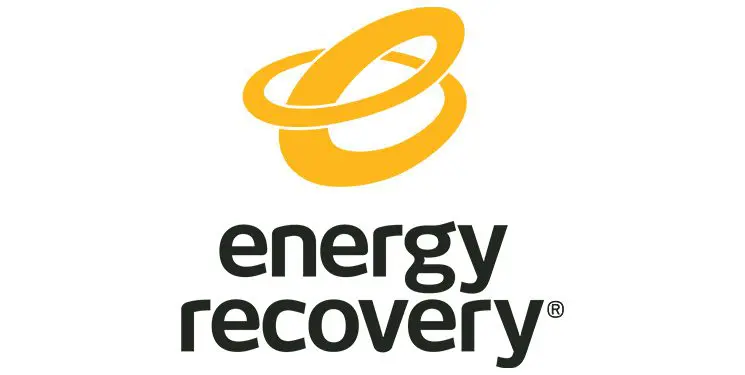
条款和条件
Effective date: August 7, 2025 Welcome to Energy Recovery. Please read on to...
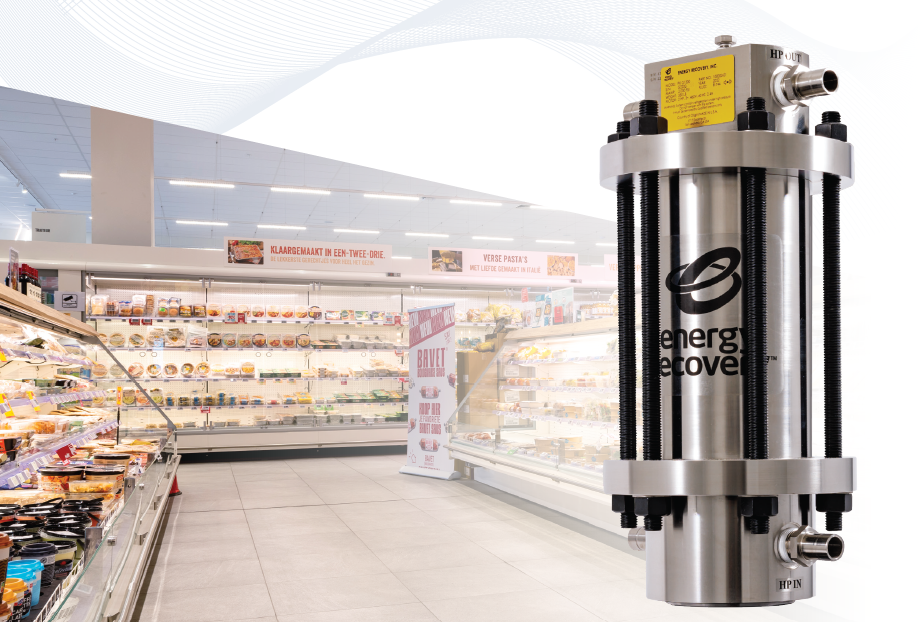
案例分析 / 白皮书 / 二氧化碳制冷
PX G1300® Saves Energy, Water, and Protects Against Heat Waves Recent data from several supermarket installations using the PX G1300...
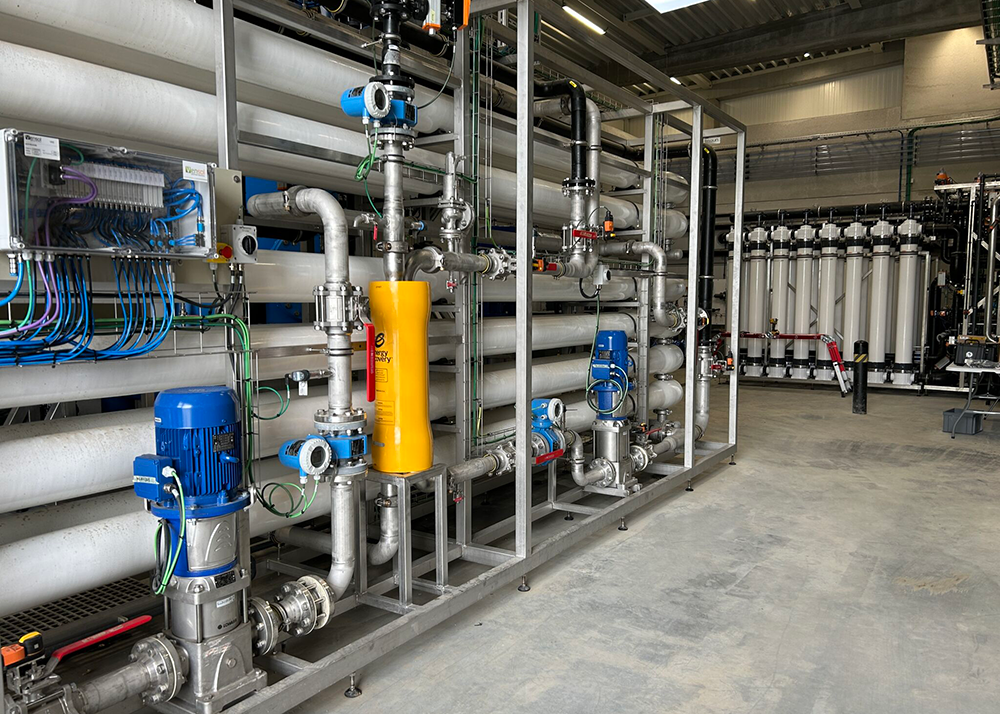
案例分析 / 废水
In the heart of Flanders, Belgium, a groundbreaking water reuse initiative is reshaping the future of drinking water. Faced with growing...
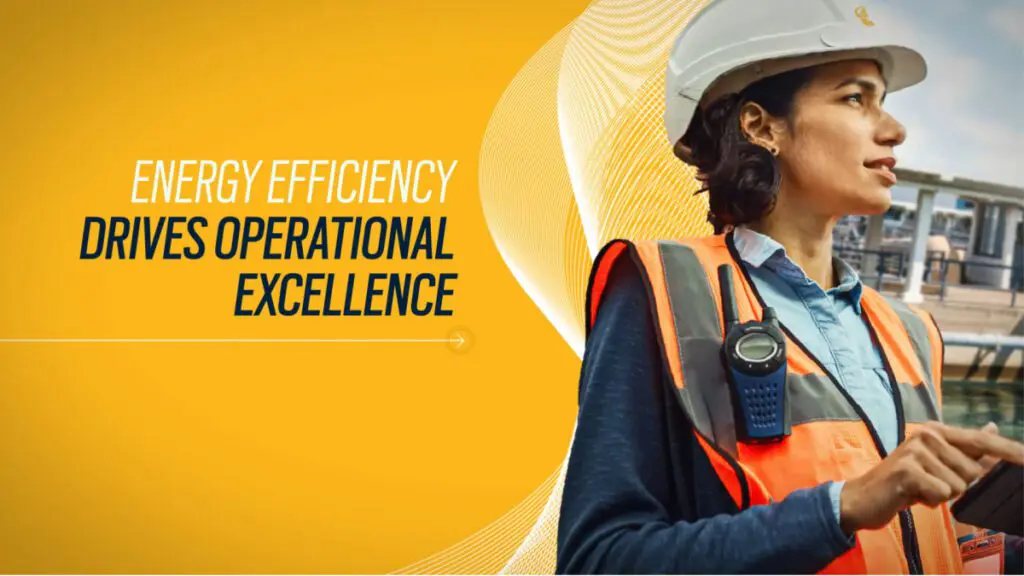
视频及动画 / 二氧化碳制冷 / 海水淡化 / 废水
Energy Recovery (Nasdaq: ERII) designs and manufactures world-class energy-saving technology for critical infrastructure that communities...
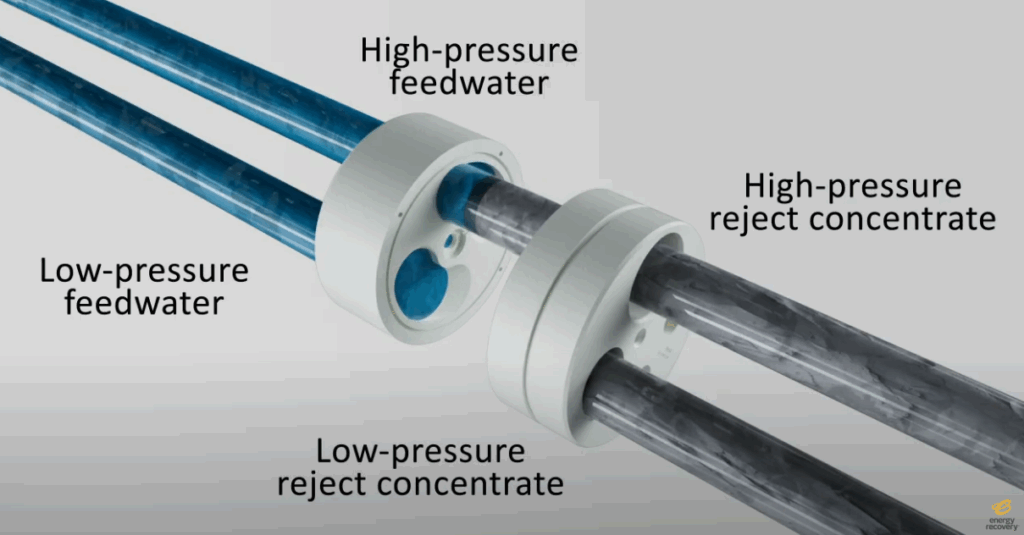
视频及动画 / 海水淡化 / 废水
Learn how the core technology at the heart of the PX® Pressure Exchanger® works as an energy saving solution for seawater reverse osmosis...

视频及动画 / 海水淡化
The PX Q400 offers best-in-class performance from Energy Recovery’s industry-leading PX® Pressure Exchanger® technology. Delivering...
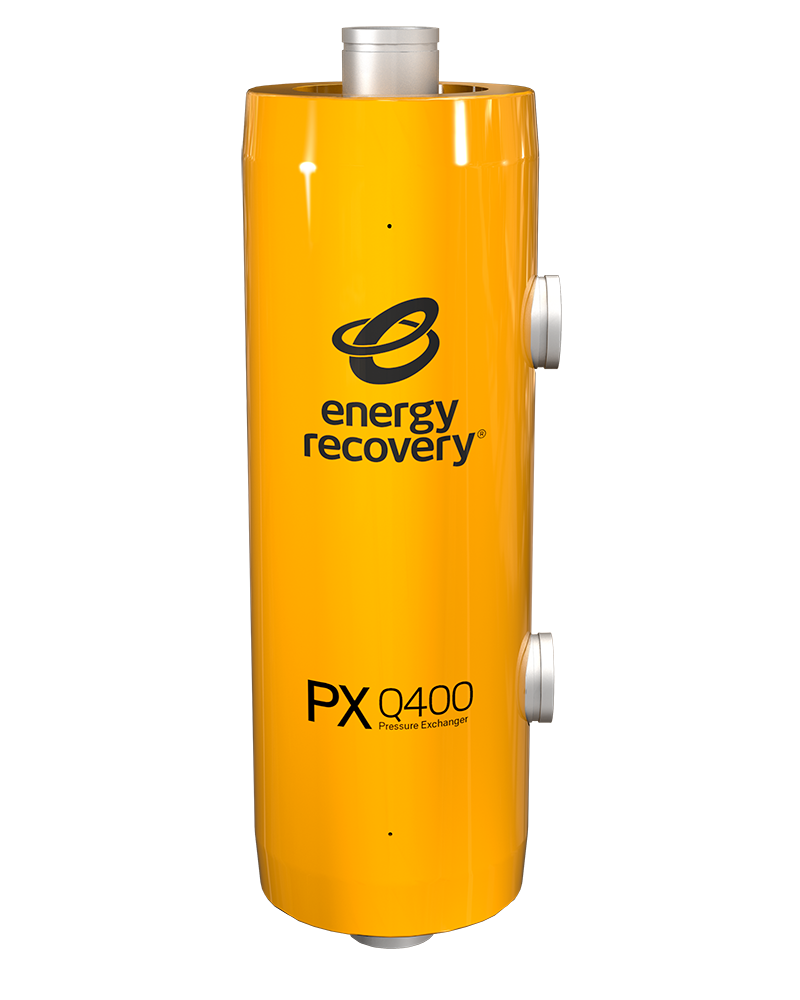
案例分析 / 白皮书 / 海水淡化
Availability and reliability of energy recovery devices (ERDs) are key drivers...
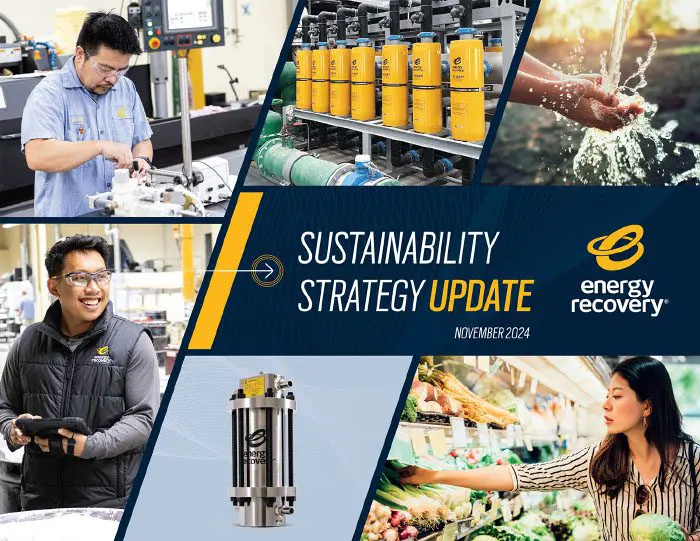
可持续性报告
Our 2024 Sustainability Strategy Update Report summarizes our refreshed materiality assessment and new suite of goals for 2025-2027, which...
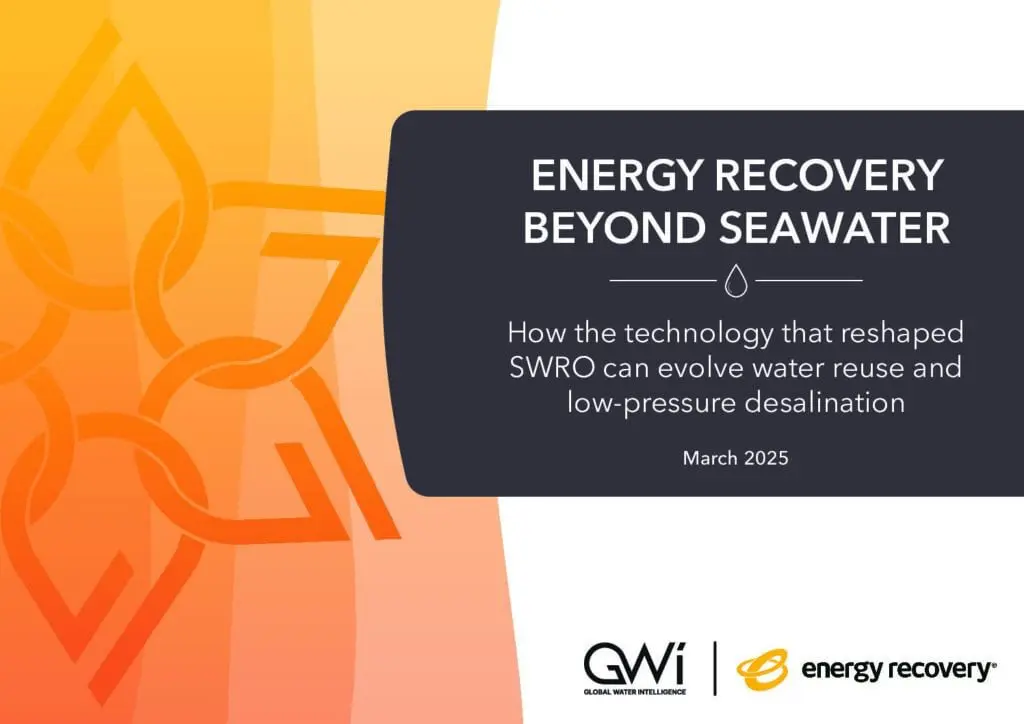
案例分析 / 白皮书 / 海水淡化 / 废水
As the world faces the hard reality of climate change and ever-worsening water...
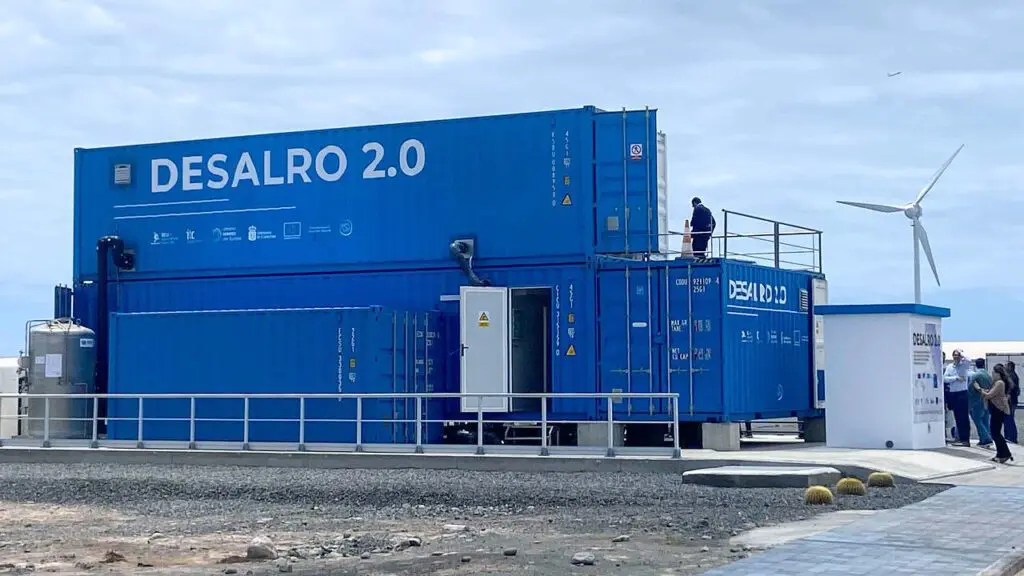
案例分析 / 海水淡化
Across the globe, the challenge of securing clean water while reducing energy consumption has pushed the boundaries of desalination...